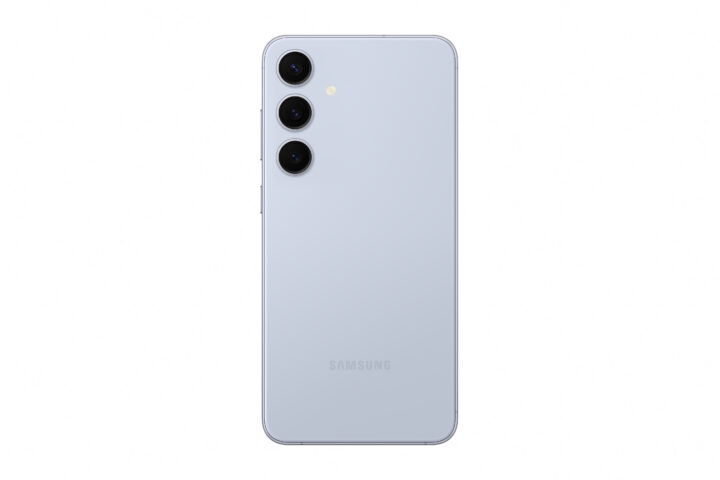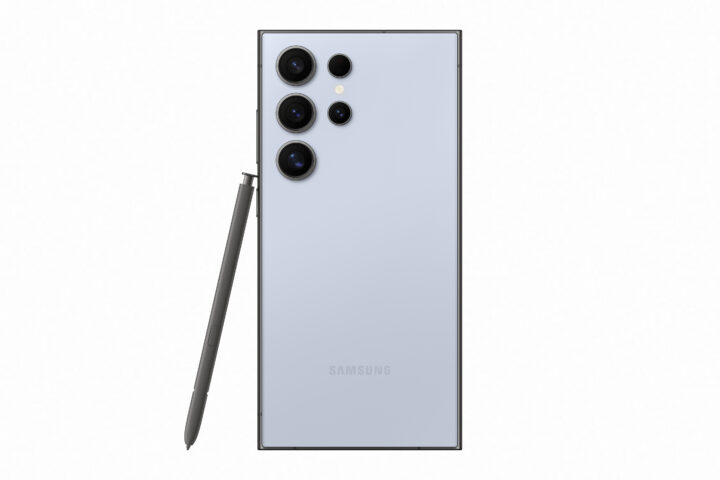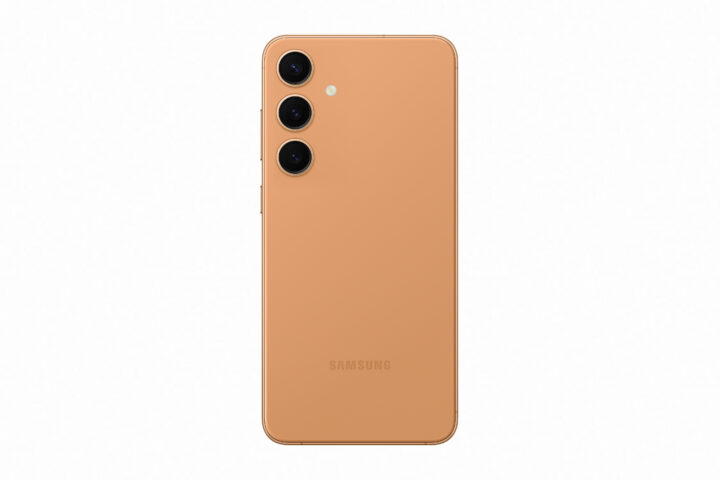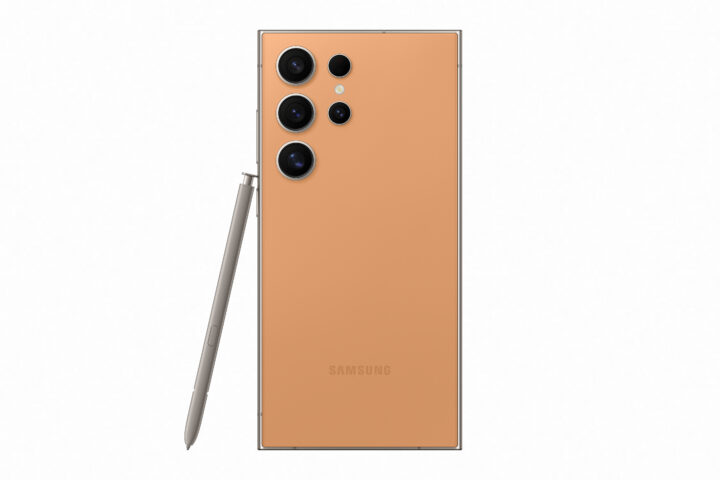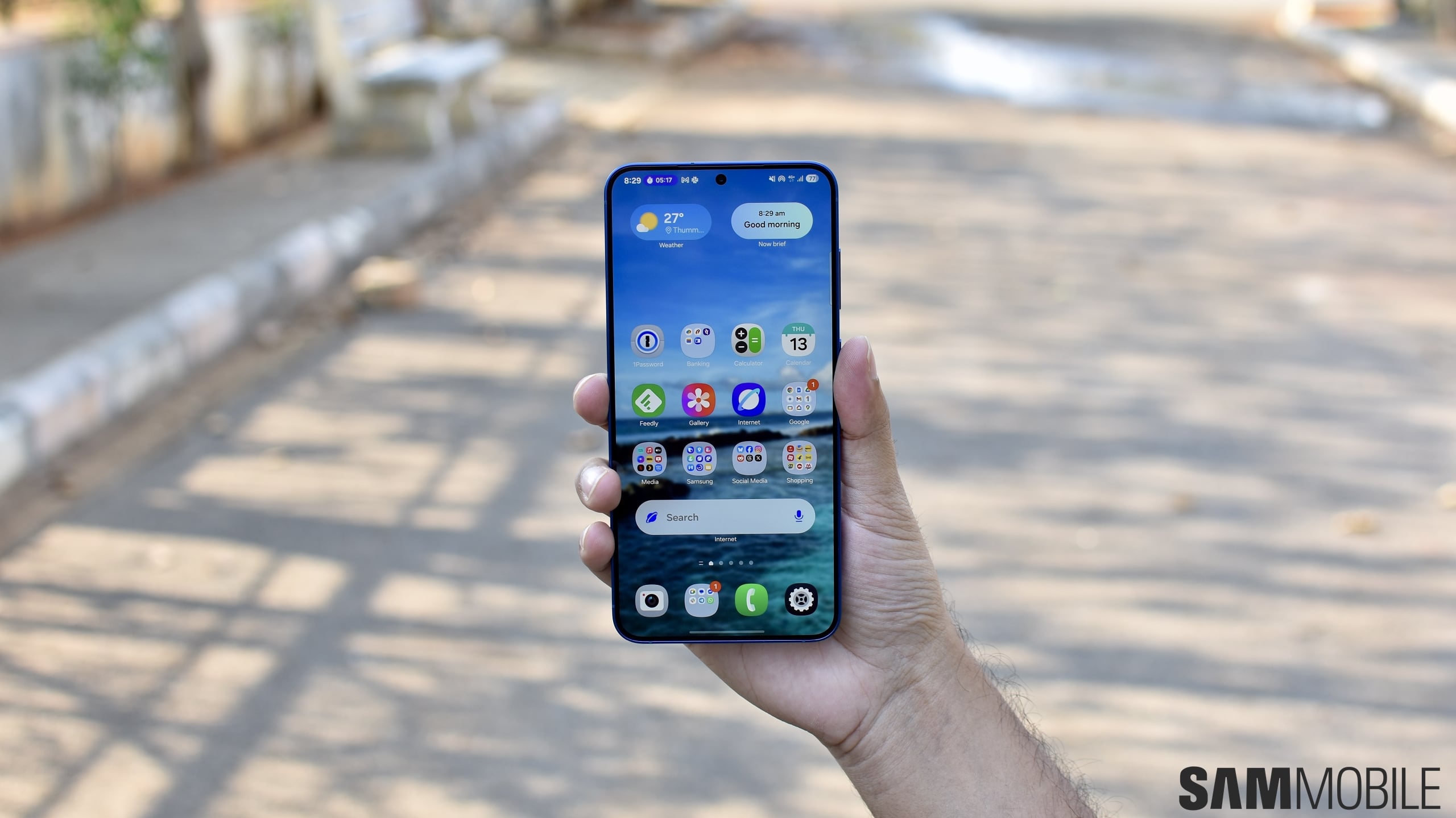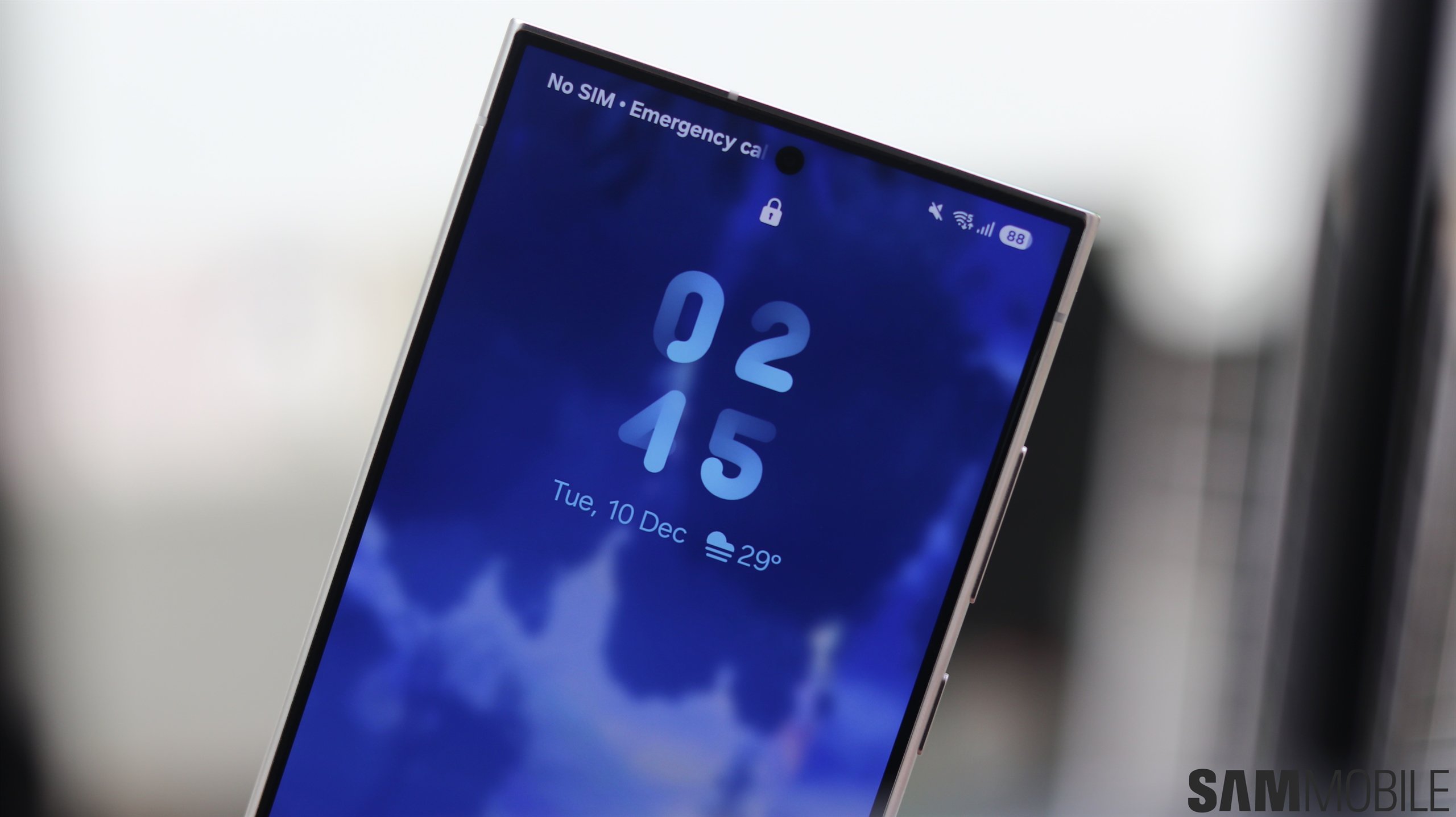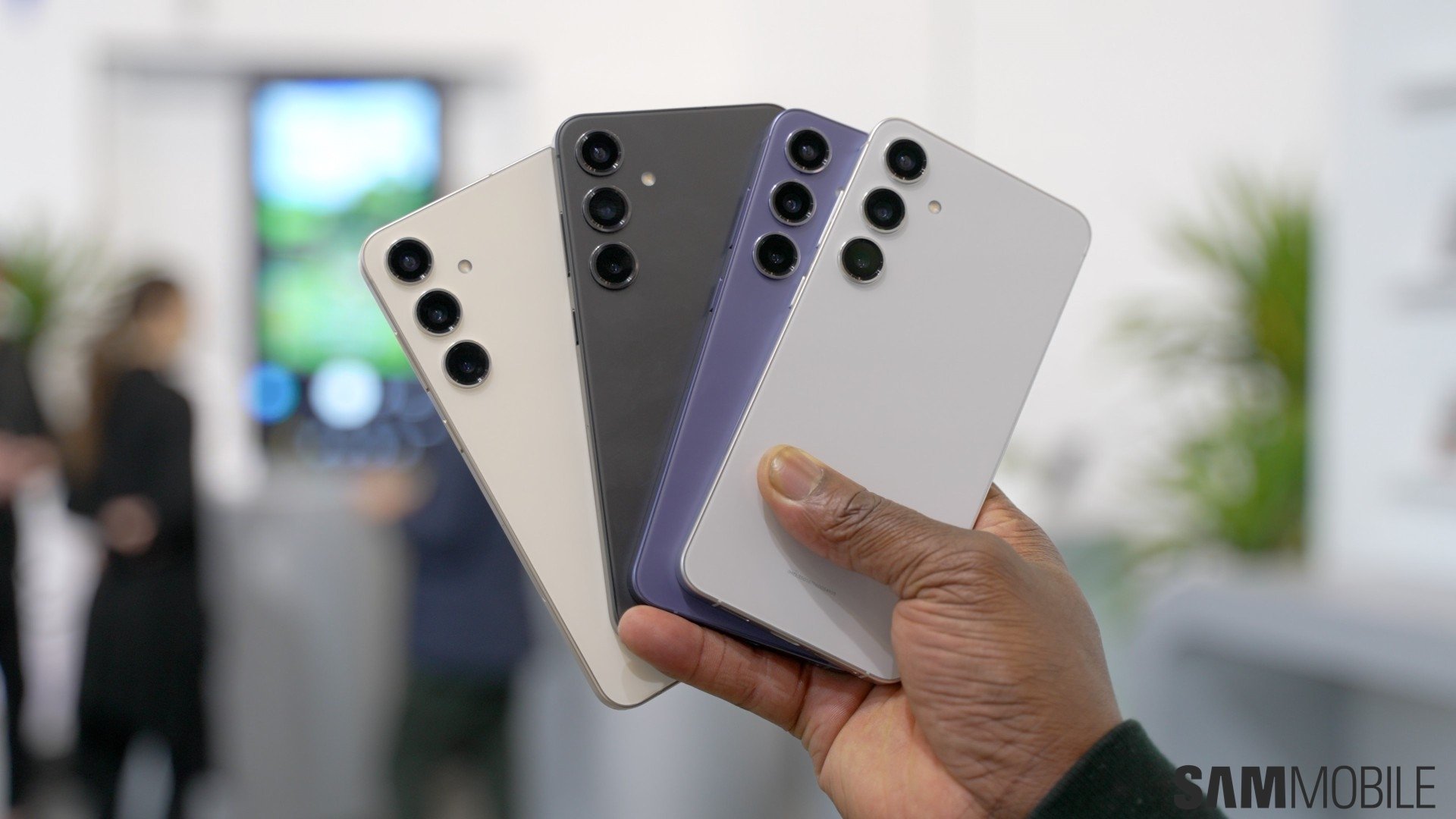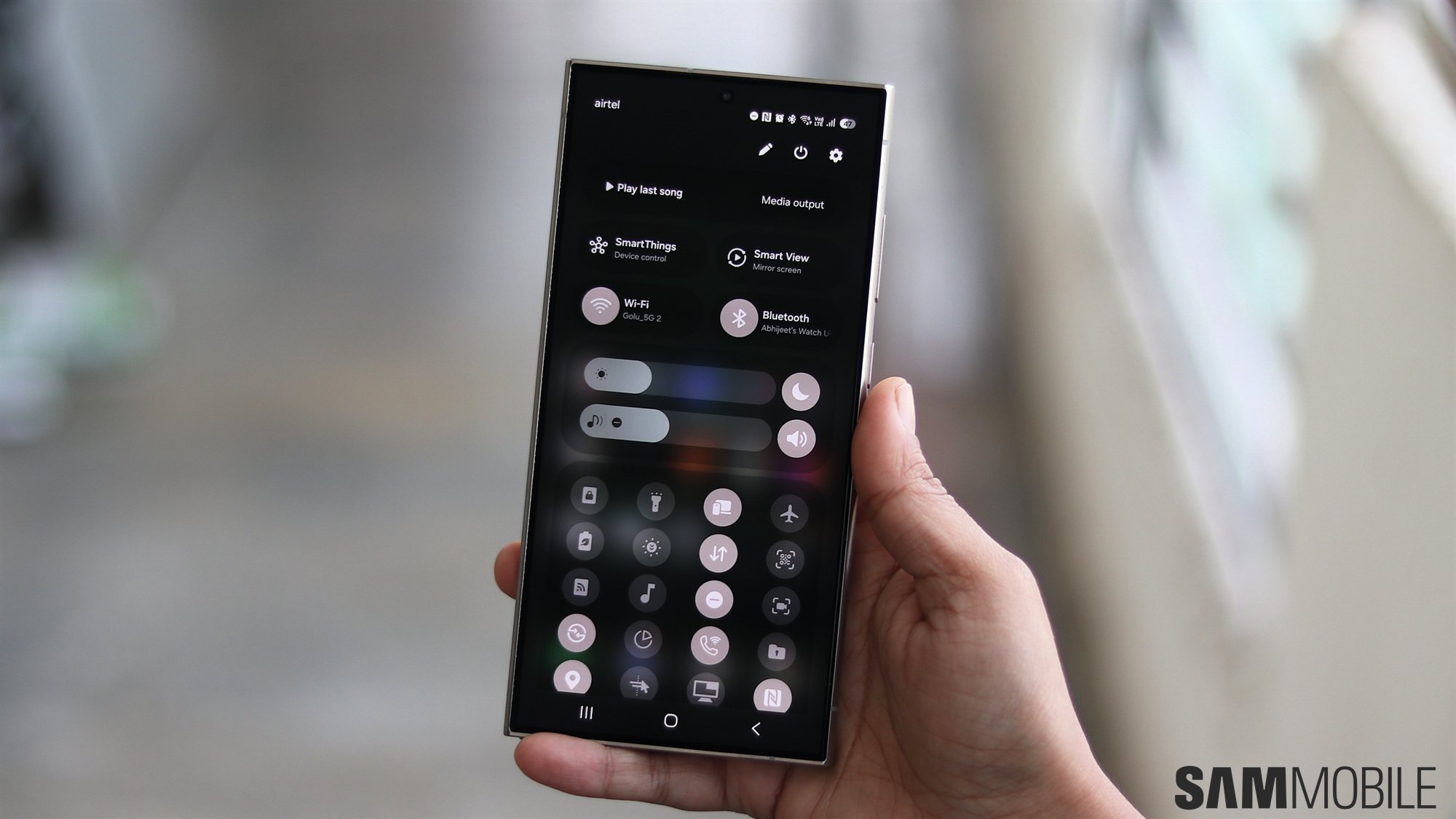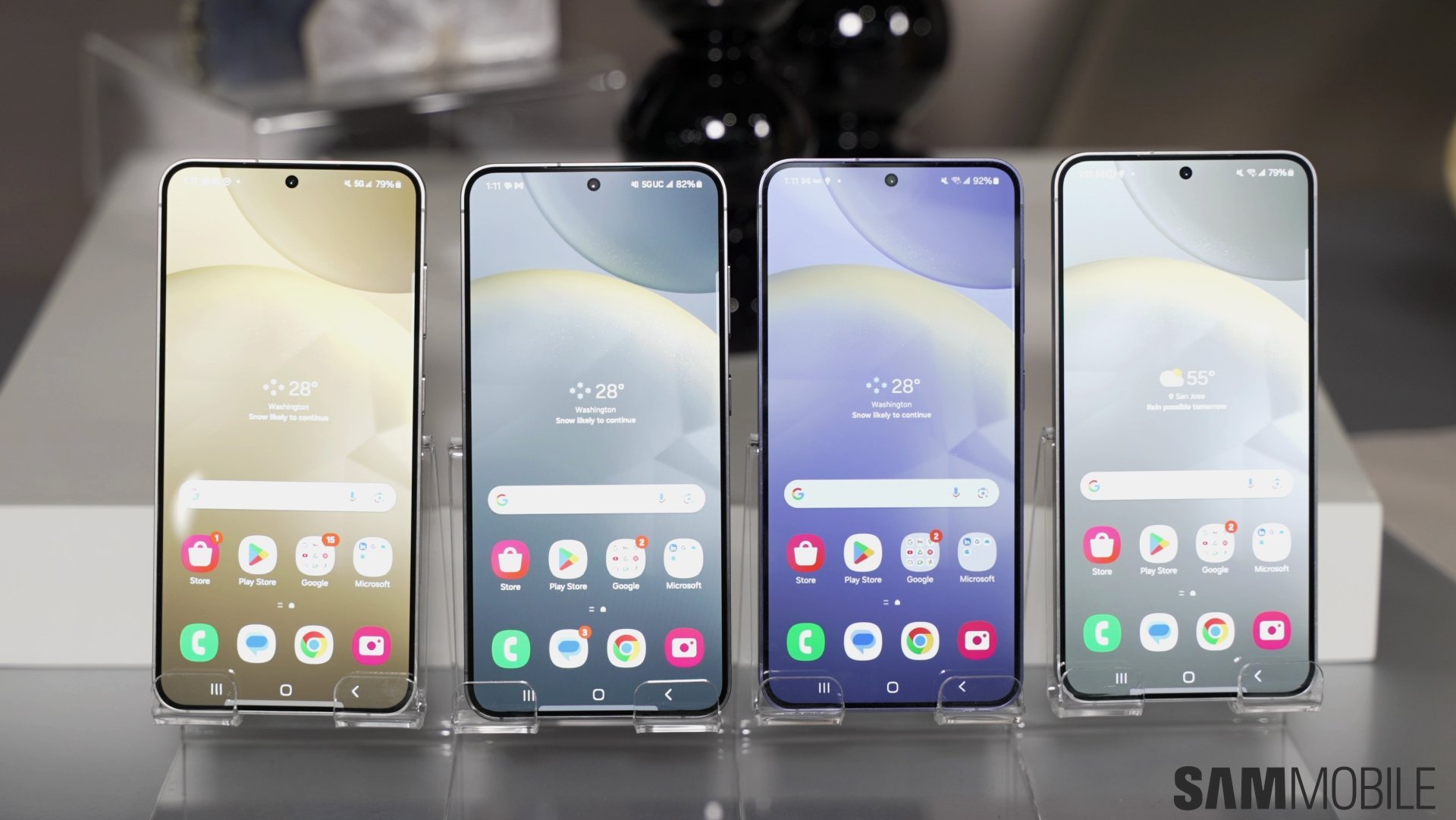
The base Galaxy S24 is aimed at people who want a small phone, the Galaxy S24 Ultra is for people who want the absolute best, and the Galaxy S24+ is for those who want a big-screen flagship that is more sensibly priced than the Ultra model while still offering an excellent mix of specs and features.
However, with the Galaxy S24 series, Samsung has reduced the differences between the Plus and Ultra models, and perhaps the most notable are the display specs.
Galaxy S24+ vs Galaxy S24 Ultra: More similar than expected
For the first time since 2020, Samsung has equipped the Plus model with a Quad HD screen resolution. Both the S24+ and S24 Ultra have a screen resolution of 3140×1440 pixels, and that makes the S24+’s display sharper because even though it is .1 inch bigger than the S23+, it’s also 0.1 inch smaller than the Galaxy S24 Ultra.
The Galaxy S24+ also has the same 1-120Hz variable refresh rate as the S24 Ultra, and the two phones also have the same maximum peak brightness of 2,600 nits. Where the Ultra wins is in what’s covering the display: the S24 Ultra is the world’s first phone with Gorilla Glass Armor protection.
Gorilla Glass Armor provides four times the scratch resistance compared to other protective glasses, but its best advantage comes in the form of drastically lower reflectvivity, which almost makes the AMOLED screens on other smartphones look like LCDs. The S24 Ultra also has better scratch resistance on the frame, as its frame has titanium on the outside as opposed to the S23+'s 100% aluminum frame.
Next, let’s talk about the processing chops of the Galaxy S24+ and S24 Ultra. The Galaxy S24 Ultra is powered by the Snapdragon 8 Gen 3 chip everywhere in the world while the S24+ (and the S24) comes with the Exynos 2400 in most markets and only gets the Snapdragon 8 Gen 3 in the US, China, and Canada.
But is that a bad thing? Well, based on early testing, the Exynos 2400 variant of the Galaxy S24+ managed to hold its own in areas such as gaming performance and power efficiency. It even managed to go longer without thermal throttling compared to the Snapdragon 8 Gen 3. That’s despite the fact that the latter was tested on a Galaxy S24 Ultra, which has the biggest vapor cooling chamber of all three models.
The Galaxy S24+ and S24 Ultra are also evenly matched as far as the amount of RAM is concerned. Both have 12GB of RAM on all storage variants. The S24+ misses out on a 1TB storage variant, though that shouldn’t be a problem for most customers as smartphones with 1TB of storage target a very niche market.
Samsung has also closed the battery capacity gap between the Plus and Ultra models. The S24+ has a 4,900 mAh battery, a 200 mAh jump over the Galaxy S23+ and just 100 mAh less than the battery capacity of the S24 Ultra. Charging speeds are the same across both: wired charging speed goes up to 45W, wireless charging tops out at 15W, and reverse wireless charging happens at 4.5W.
Other similarities between the S24+ and S24 Ultra include the IP68 water and dust resistant design, Gorilla Glass Victus 2 on the back, and, of course, the software experience (unsurprisingly). They even have the same seven color options: black, grey, violet, yellow, green, orange, and blue, though the color on the Ultra's sides doesn't match the color on its back because of its titanium frame.
The camera experience is where the Plus and Ultra models continue to be substantially different. The Galaxy S24+ has the same 50MP main, 12MP ultra-wide, 3x telephoto, and 12MP front cameras as the S23+. The S24 Ultra, on the other hand, has a 200MP main camera and an additional telephoto lens with 5x optical zoom. The S24 Ultra is also the only model capable of real-time switching between all of its cameras while recording 4K 60 fps videos.
The S24 Ultra gets exclusive rights to the S Pen as well. It also supports Wi-Fi 7 connectivity thanks to the Snapdragon 8 Gen 3. The Galaxy S24+ uses the Snapdragon 8 Gen 3 in the US, Canada, and China and should support Wi-Fi 7, but Samsung decided to strip Wi-Fi 7 connectivity from the S24 and S24+ everywhere as the Exynos 2400 is limited to Wi-Fi 6E. However, Wi-Fi 7 only just got approved for public use, so we're not sure its inavailability is a major cause for concern.
As for prices, the S24+ starts at $999.99 and the S24 Ultra starts at $1,299.99. Whether or not the S24+ is a good alternative to the Galaxy S24 Ultra depends on your requirements, but we believe it offers more value than the S23+ or S22+ did and should keep all but the most discerning customers happy.
[modelcompare model1=”SM-S926B” model2=”SM-S928B”]
















